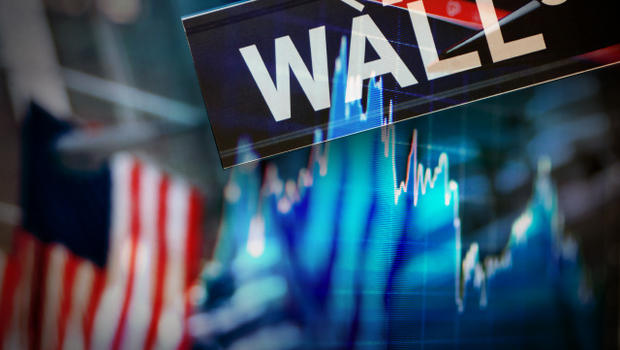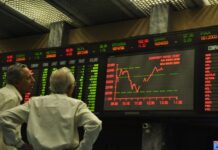
NEW YORK: U.S. stock markets are unlikely to return to the unusually calm conditions seen last year, even though equities have already recovered more than half the ground lost in the recent selloff and traders have rapidly dialed down fear.
Traders work on the floor of the New York Stock Exchange shortly after the opening bell in New York, U.S., February 16, 2018. REUTERS/Lucas Jackson
Stock market volatility spiked to a multi-year high in the selloff and some products that flourished in low volatility collapsed. A higher-volatility environment means the 1 percent stock market swings of the past two weeks will become commonplace, strategists said.
It is something that investors will have to get used to. The Cboe Volatility Index, the most widely followed barometer of expected near-term volatility for stocks, last year logged a historically low average of 11.
The VIX reached a 2-1/2-year high of 50.30 on Feb. 6. Since then it has slipped to 17.60, still well above the record low of 8.56 hit in November.
The VIX is derived from the price of S&P 500 options and is an indicator of investors’ collective estimate of near-term gyrations for the benchmark stock index.
With the S&P 500 at 2,744, a VIX of 15 implies a daily move of the index of 21.54 points, or close to 0.8 percent, Frederick said.
There have been eight days this month when the S&P 500 logged a single-day move of more than 1 percent, compared with eight days in all of 2017.
Several high-profile U.S. investors including Jeffrey Gundlach, known as Wall Street’s Bond King, and hedge fund manager Douglas Kass from Seabreeze Partners Management Inc see more stress ahead for stocks.
To be sure, a higher floor to volatility would not necessarily mean an end to the bull market in equities. The three years when the VIX logged its highest annual average, 1999, 2003 and 2009, coincided with 20 percent or bigger gains for the S&P 500.
Ever-growing herds of volatility sellers and investors looking to buy the dip have quashed each instance of higher volatility over the last few years.
Despite the recent shock that led to the shuttering of popular exchange-traded products used to bet on stock market calm, traders are pouring money into that trade again.
The ProShares Short VIX Short-Term Futures ETF, which gains as long as volatility declines or stays low, has drawn about $418 million on a net basis since Feb. 6, the day the VIX peaked, according to ETF.com data.
But things may be a little different this time. The Federal Reserve is shrinking its balance sheet and raising interest rates. U.S. corporate earnings could be the other factor to watch.
Analysts expect S&P 500 earnings to keep rising for the next few profit periods, peaking at 21.3 percent growth in the third quarter and moving to 17.8 percent growth in the fourth quarter, according to data available.
Sharper equity market gyrations could serve up opportunities for stock pickers to shine.






















